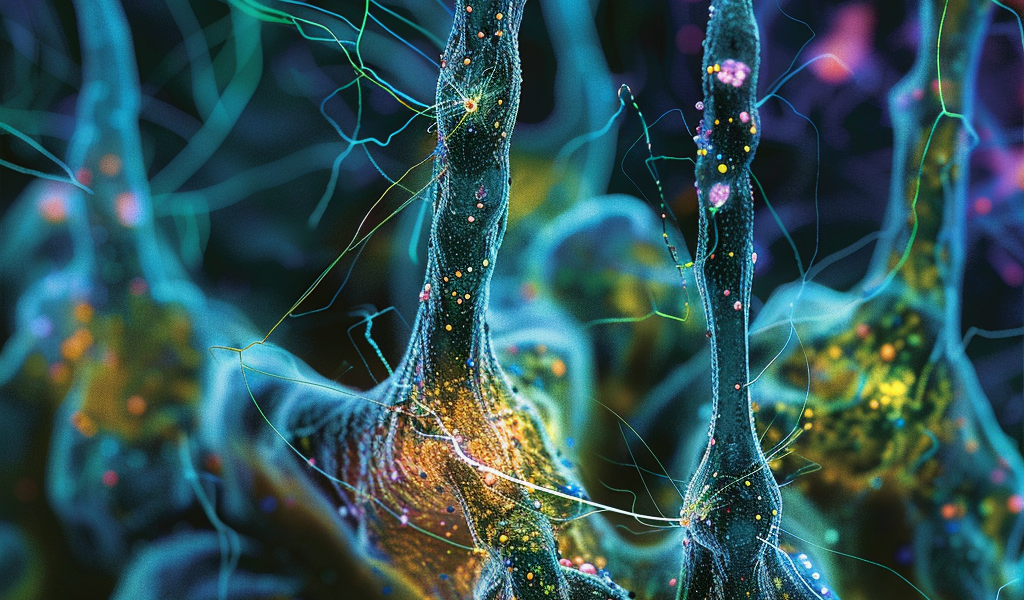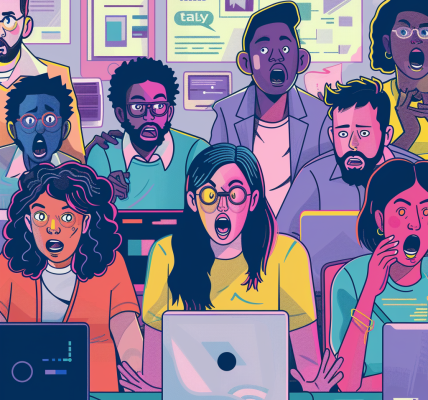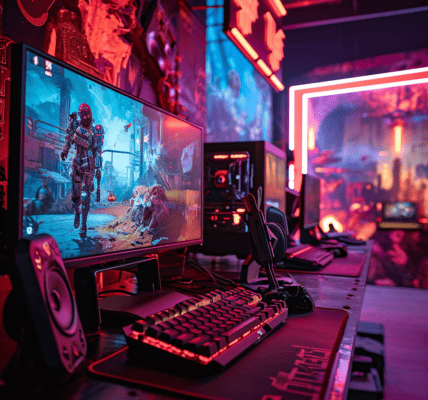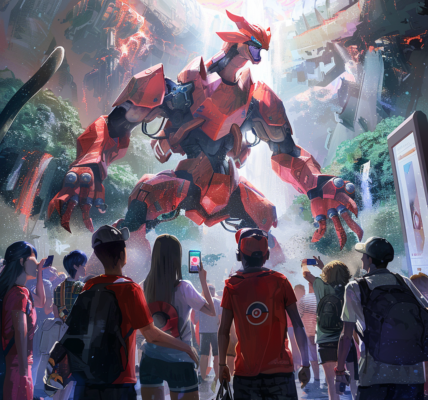Google Researchers Complete Largest-Ever AI-Assisted Digital Reconstruction of Human Brain Tissue
Researchers on the Connectomics team at Google have recently completed the largest-ever AI-assisted digital reconstruction of human brain tissue, unveiling a groundbreaking map that offers new insights into the complexities of the brain. This milestone achievement, which required 1.4 petabytes of data to encode, provides a detailed view of individual neurons and their intricate connections within just 1 cubic millimeter of brain tissue, equivalent to the size of half a grain of rice.
The high-resolution map has already led to remarkable discoveries, such as the observation of neurons forming intricate knots, a phenomenon previously unseen. Google Research Scientist Viren Jain expressed astonishment at this finding, highlighting the unprecedented nature of such observations.
Building on the success of this endeavor, the research team is now turning its focus to the mouse brain, recognizing the potential for these small mammals to unravel longstanding mysteries surrounding the human mind. Key questions about memory storage, object and face recognition, the importance of sleep, and the underlying mechanisms of brain diseases like Alzheimer’s remain unanswered, largely due to the lack of comprehensive data on brain structure and function.
The human brain, with its vast network of 86 billion neurons connected by over 100 trillion synapses, presents a complex puzzle that researchers aim to decode through detailed connectome mapping. By creating comprehensive maps of neural connections, also known as connectomes, scientists hope to gain deeper insights into brain functionality and dysfunction.
To achieve this ambitious goal, researchers must employ cutting-edge imaging techniques capable of capturing brain structures at the nanometer level and manage massive amounts of data effectively. The development of innovative AI algorithms and data management tools has been crucial in advancing connectomics research, with Google Research’s Connectomics team leading the way in this field.
Over the past decade, the team has pioneered technologies to streamline data processing, analysis, and sharing, facilitating significant progress in understanding brain connectivity. Innovations such as flood-filling networks and the SegCLR algorithm have automated the tracing and identification of neuronal pathways, while software tools like TensorStore and Neuroglancer have enhanced the storage and visualization of complex brain images and volumes.
Despite these advancements, the comprehensive mapping of the entire human brain connectome remains a formidable challenge that necessitates ongoing innovation and collaboration across the scientific community. By leveraging AI-driven approaches and state-of-the-art imaging technologies, researchers are poised to unlock new frontiers in neuroscience and deepen our understanding of the intricate workings of the human brain.





